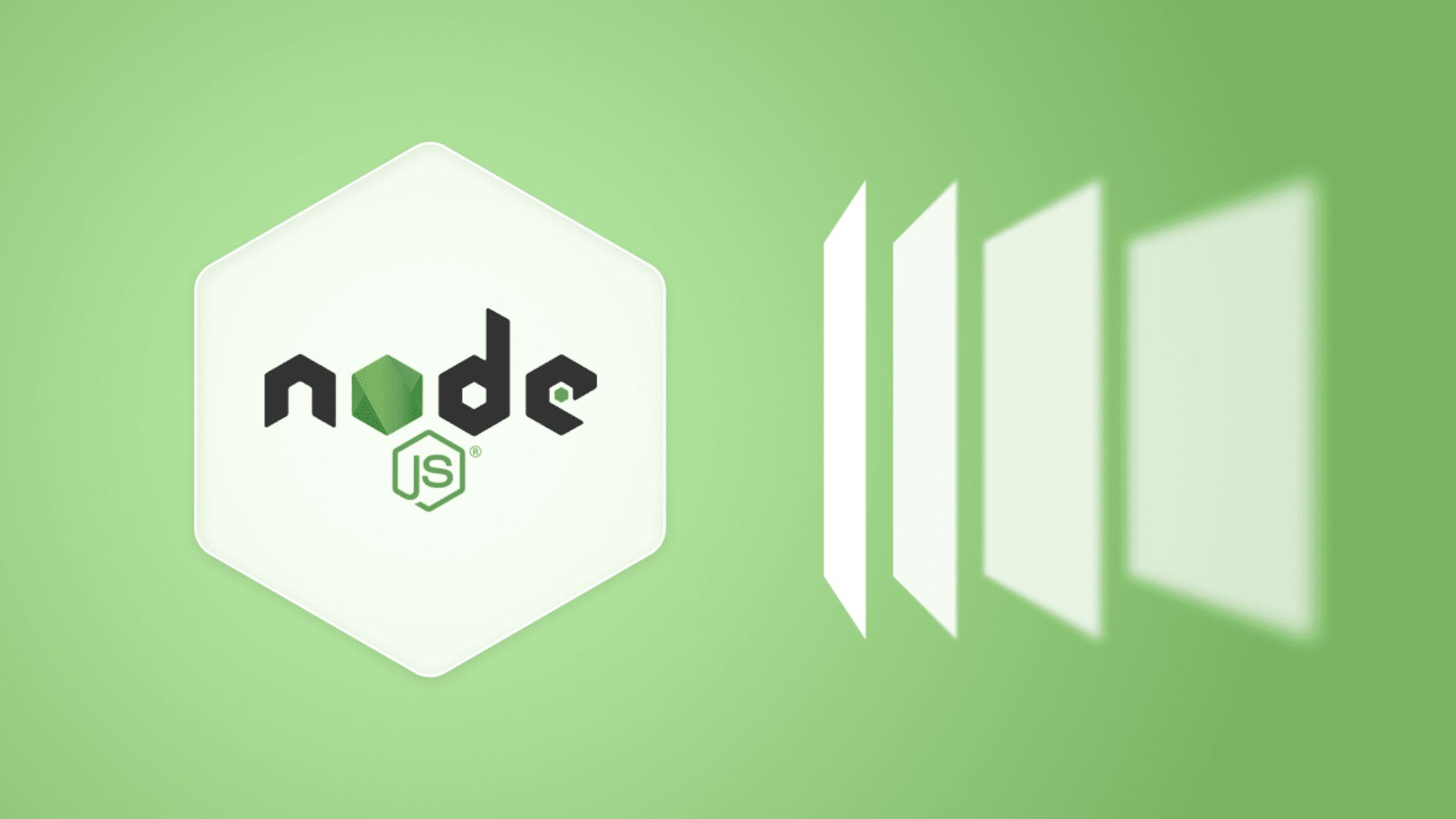Your blog for Outsourcing and Tech News

By Pablo Bassil
11 min read

By Carlos Moreira
14 min read

By Rafael Affonso
11 min read

By Jeremy Freeman
12 min read

By Bob Leibholz
8 min read

By Justice Erolin
16 min read

By Ezequiel Ruiz
14 min read

By Rodrigo Outumuro
5 min read

By Natalia Rodriguez
16 min read

By Rafael Affonso
12 min read

By Glesio Paiva
14 min read

By Sean Wang
12 min read












